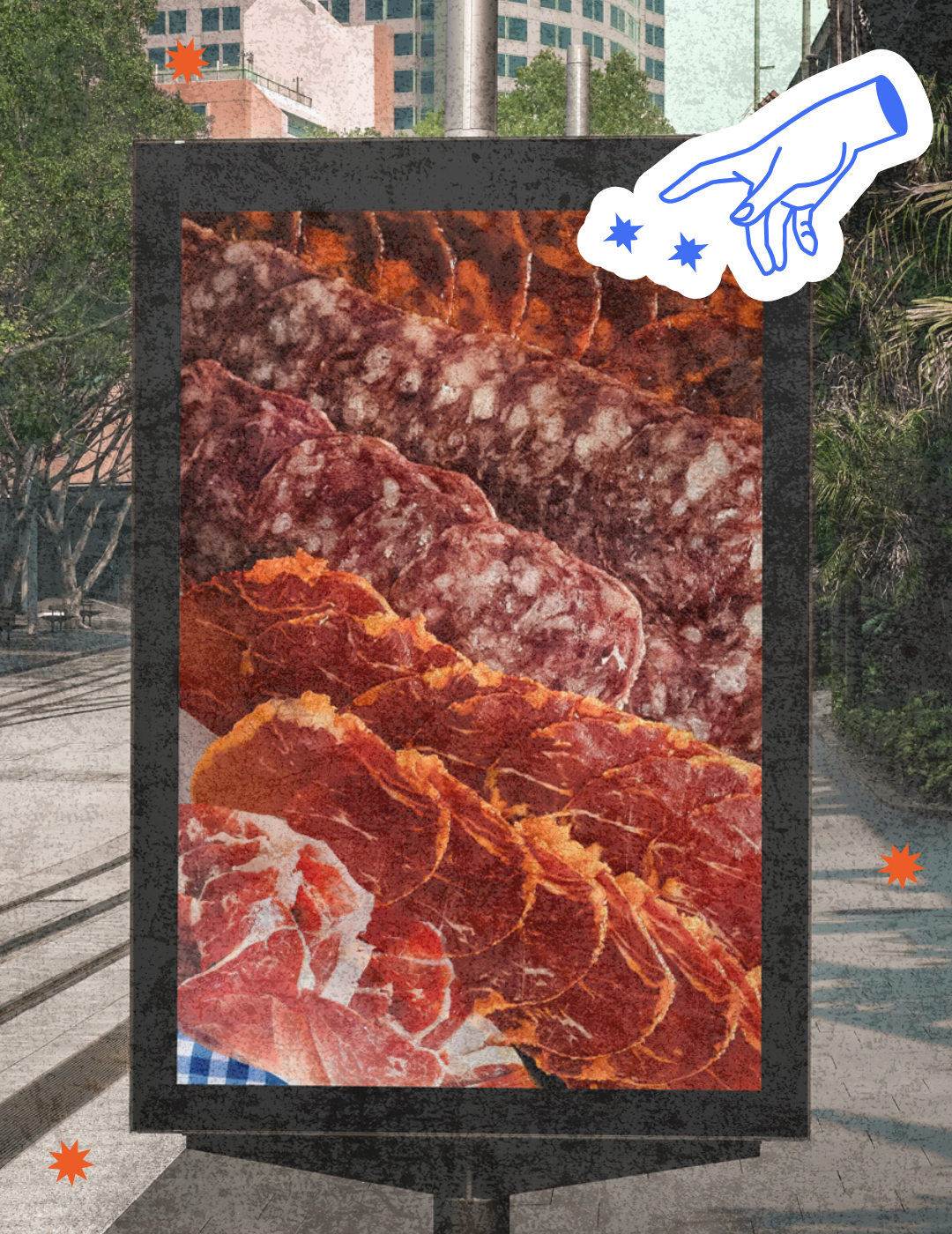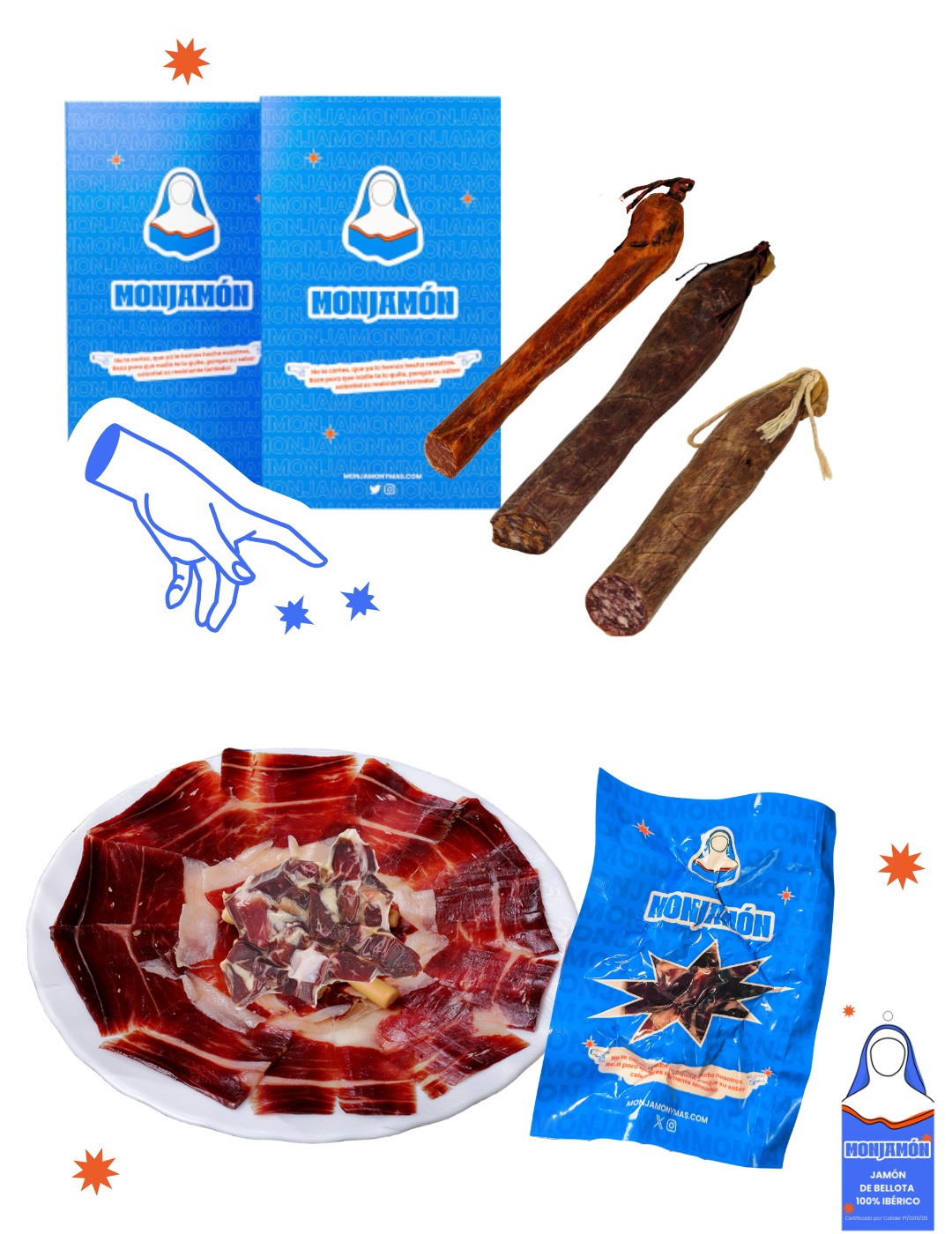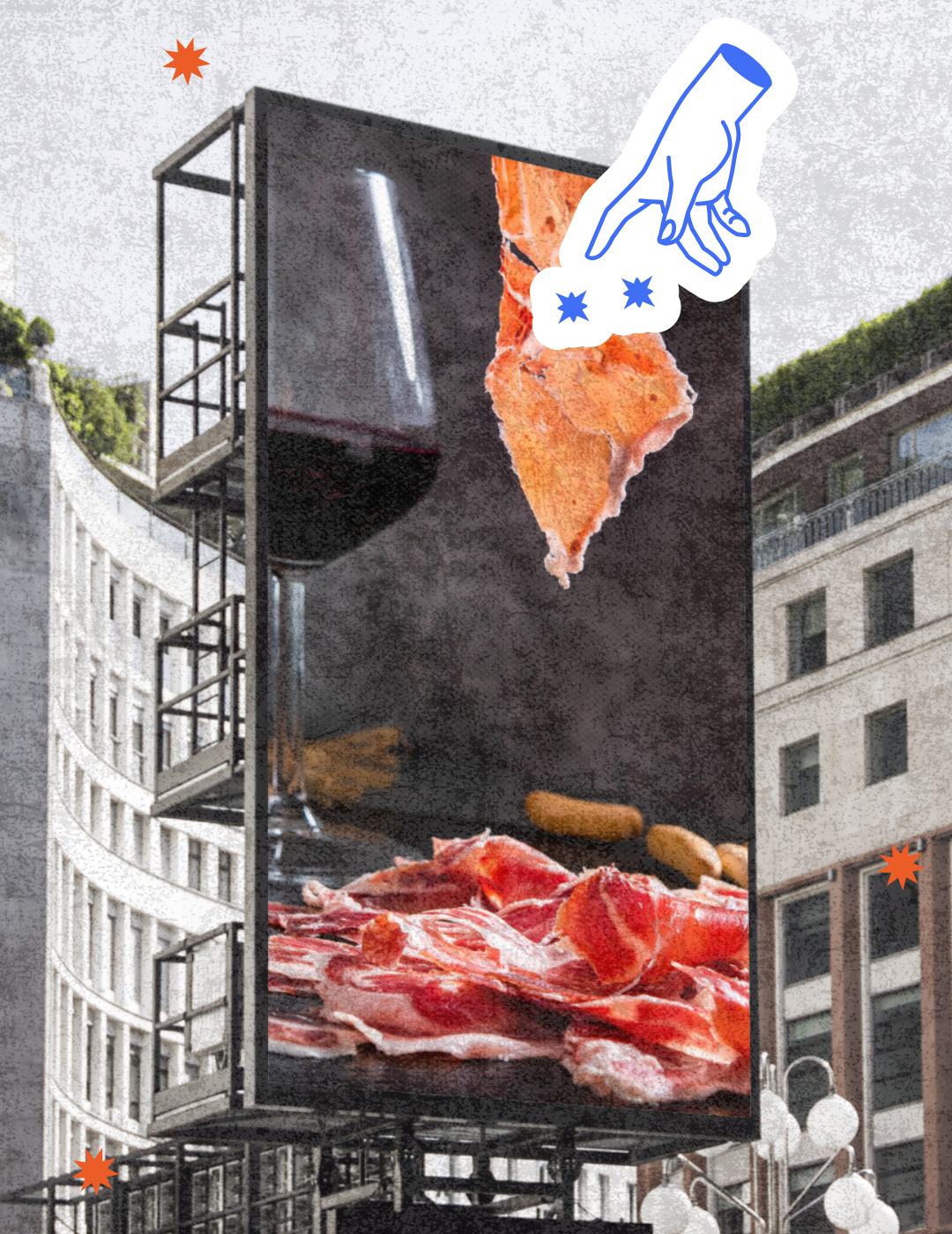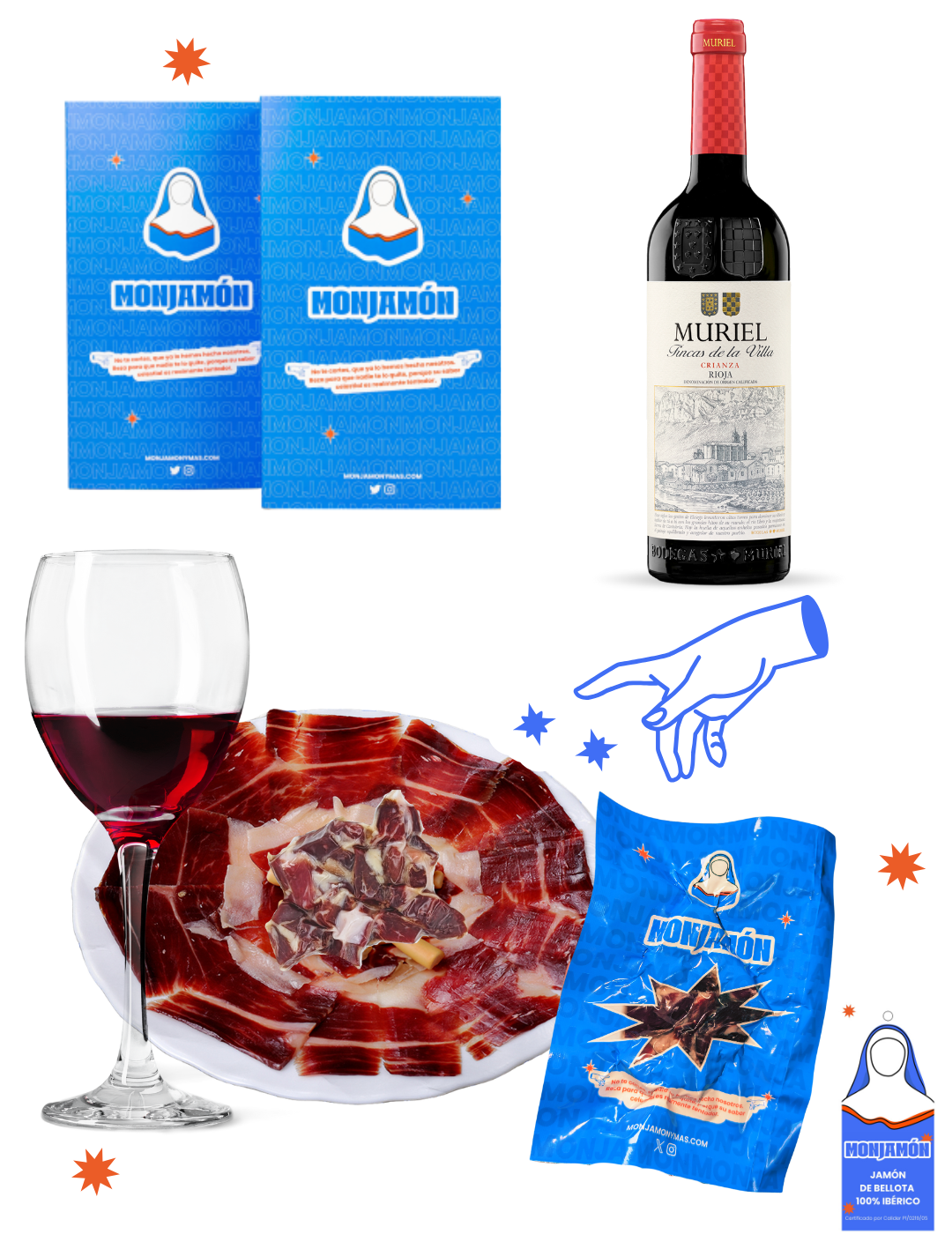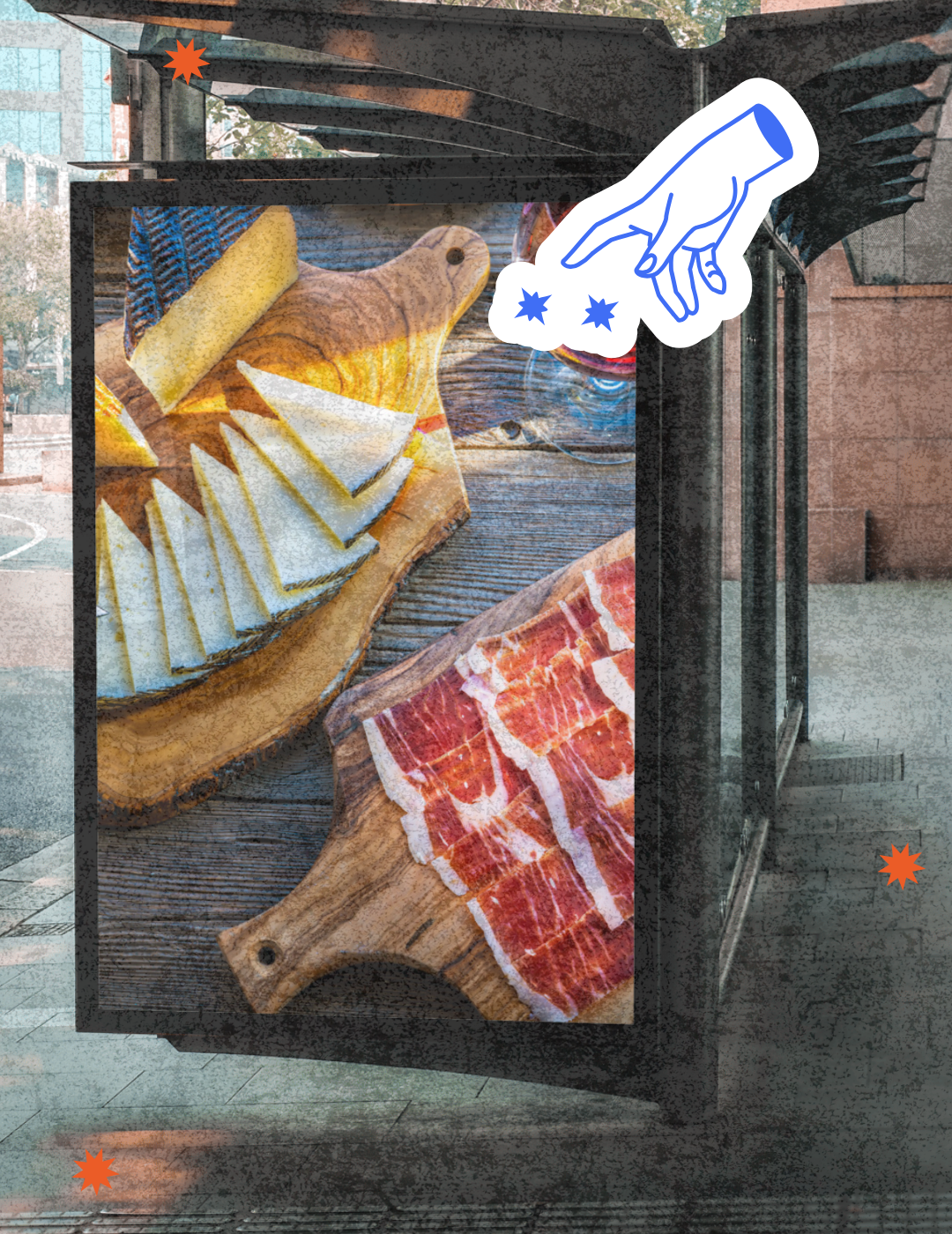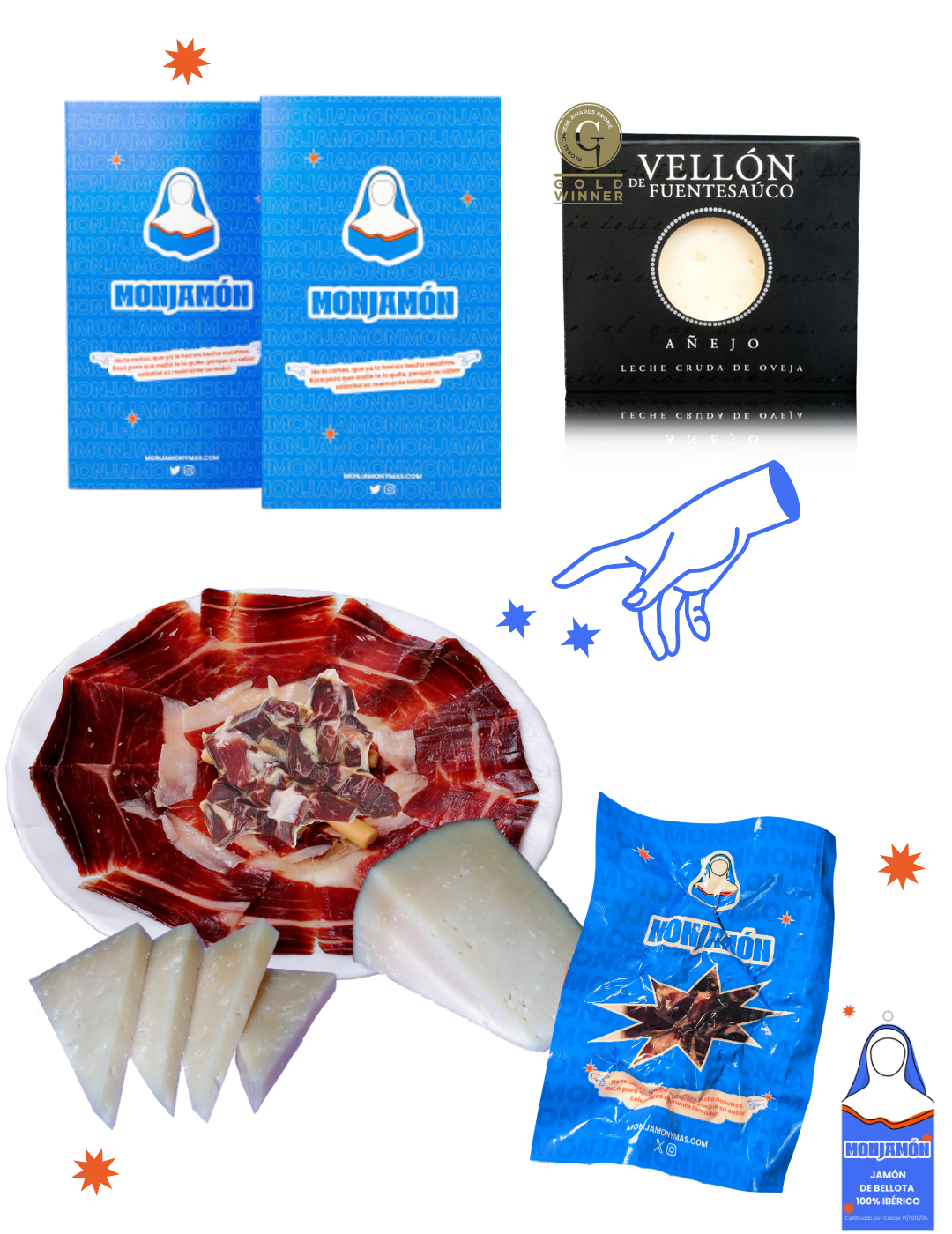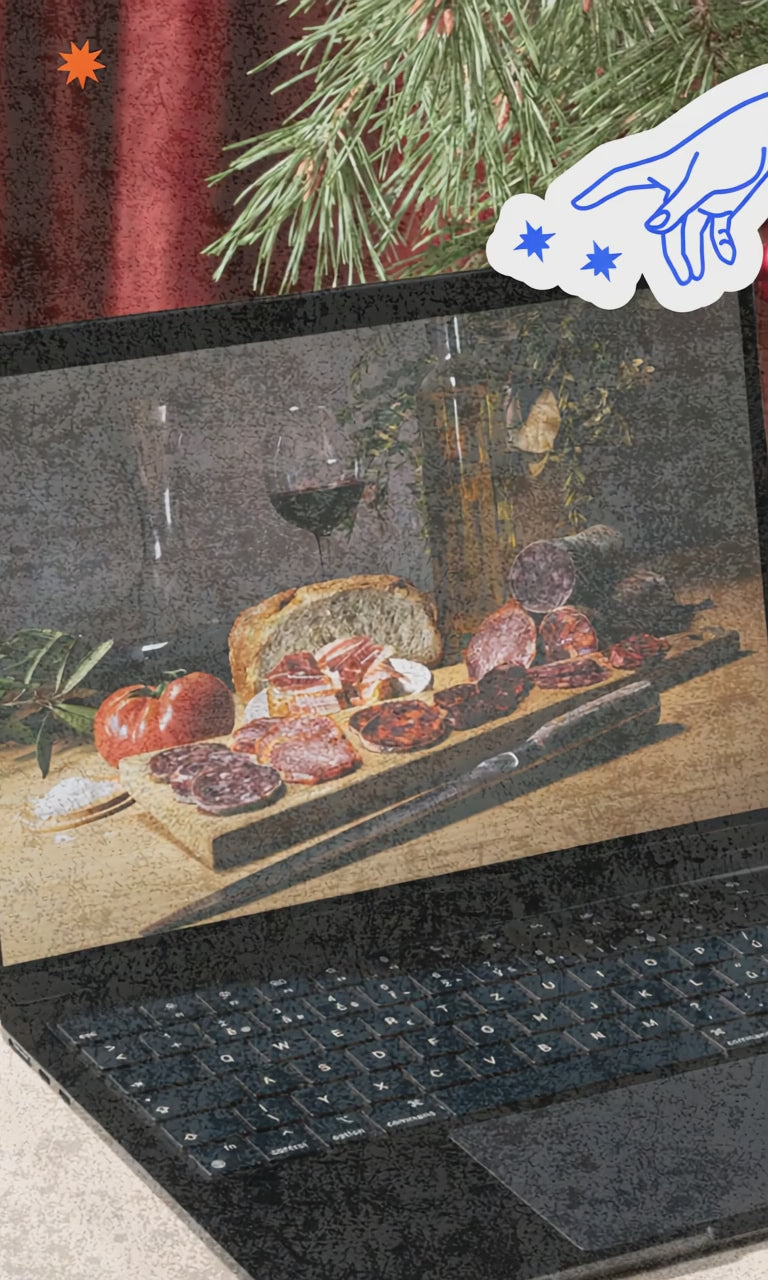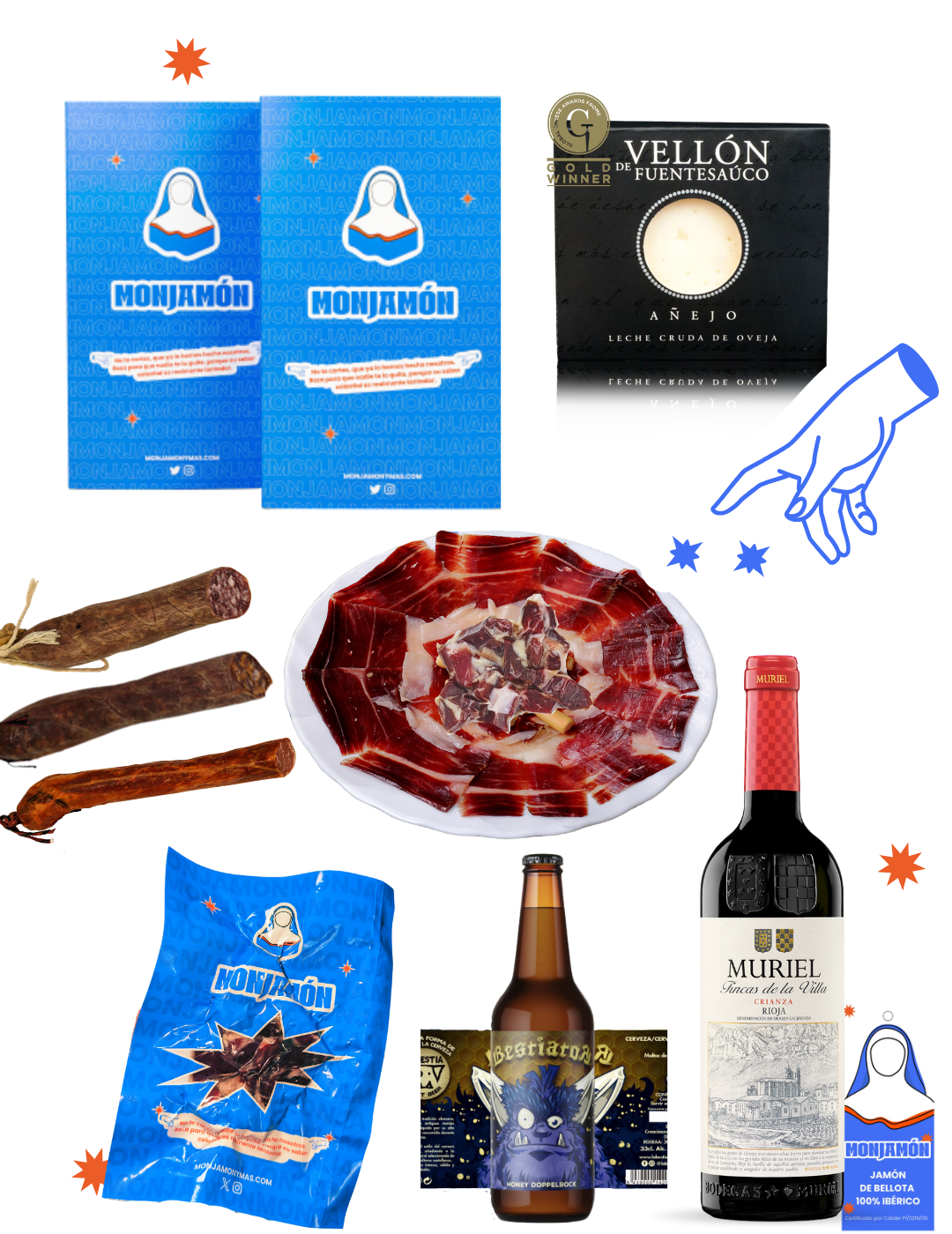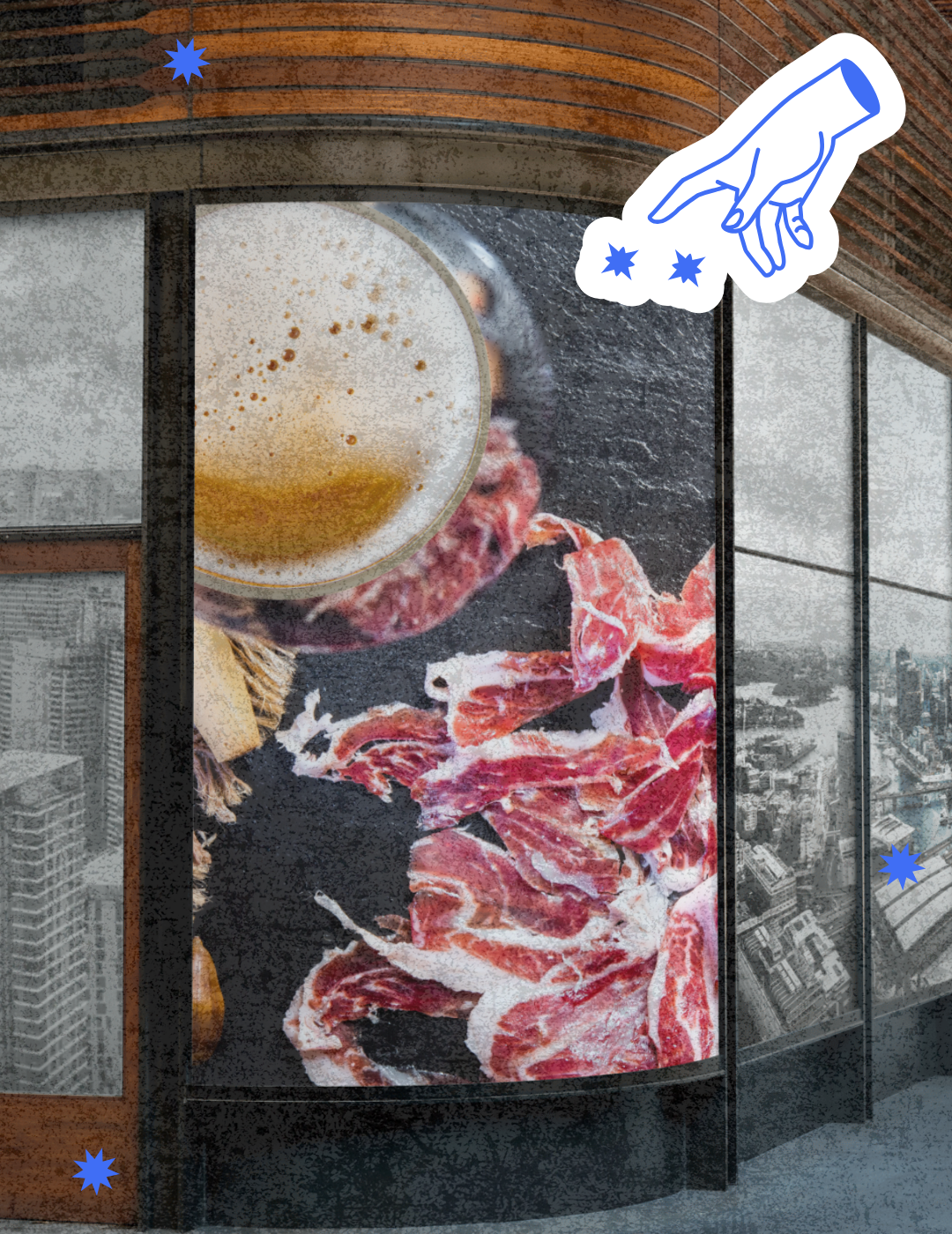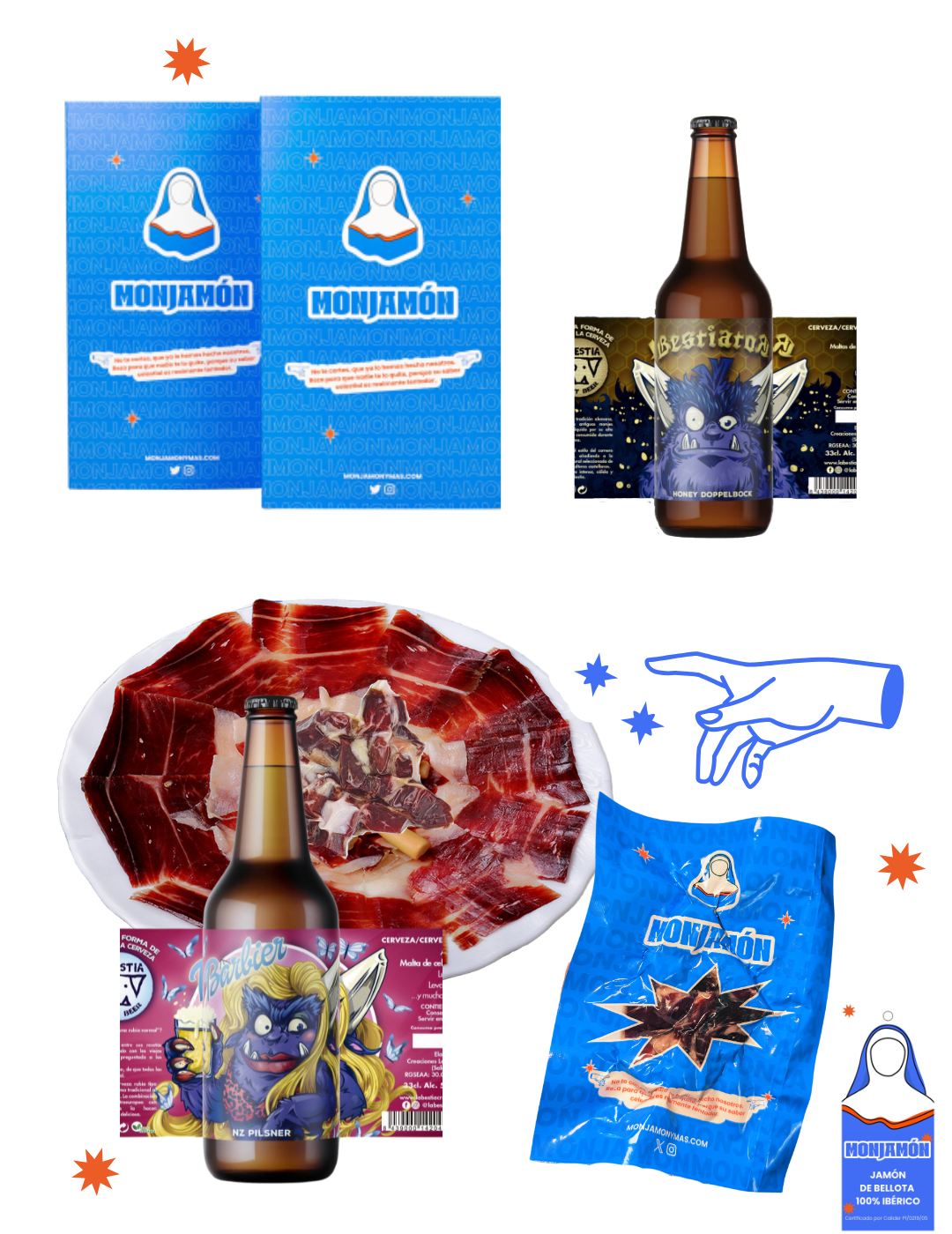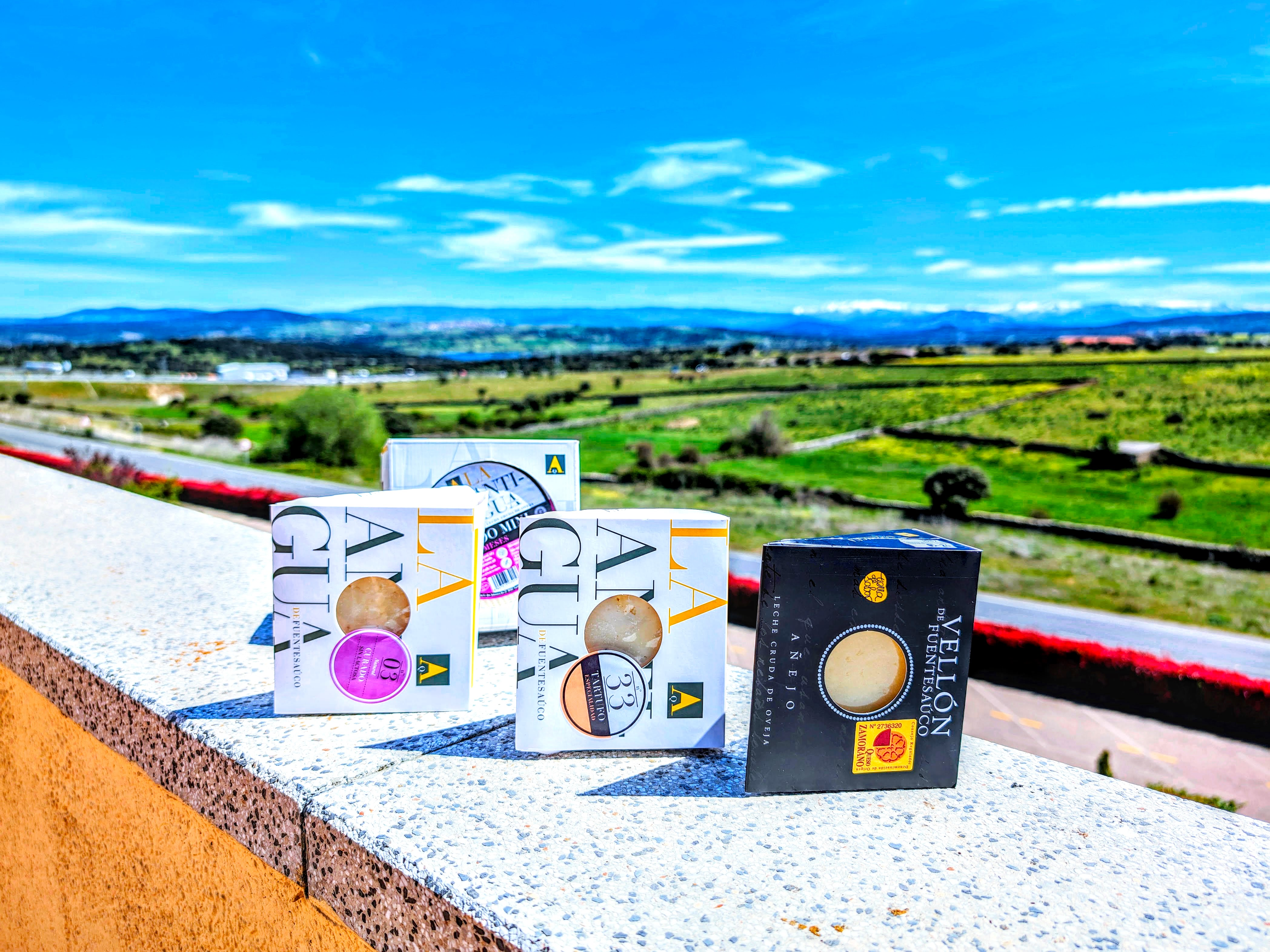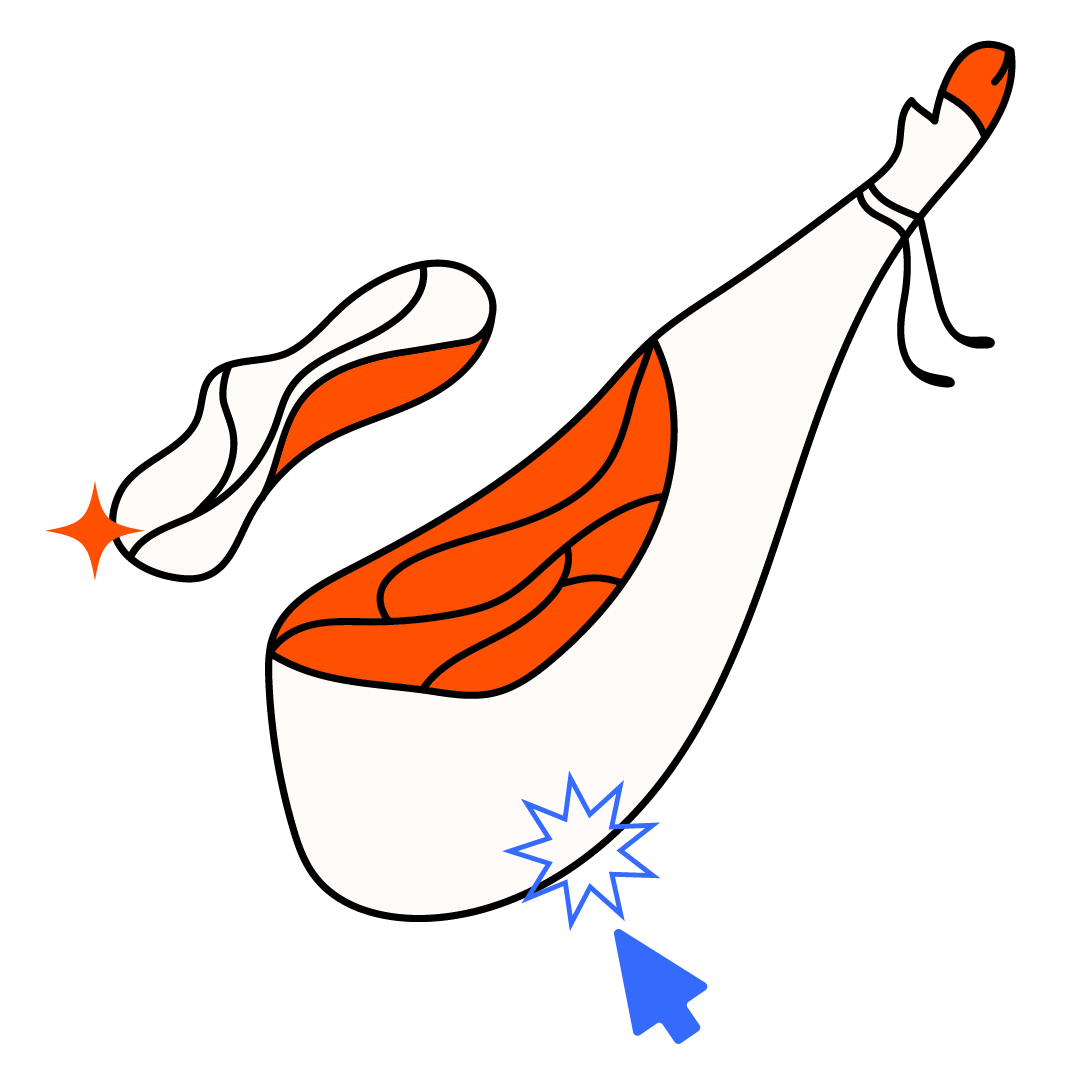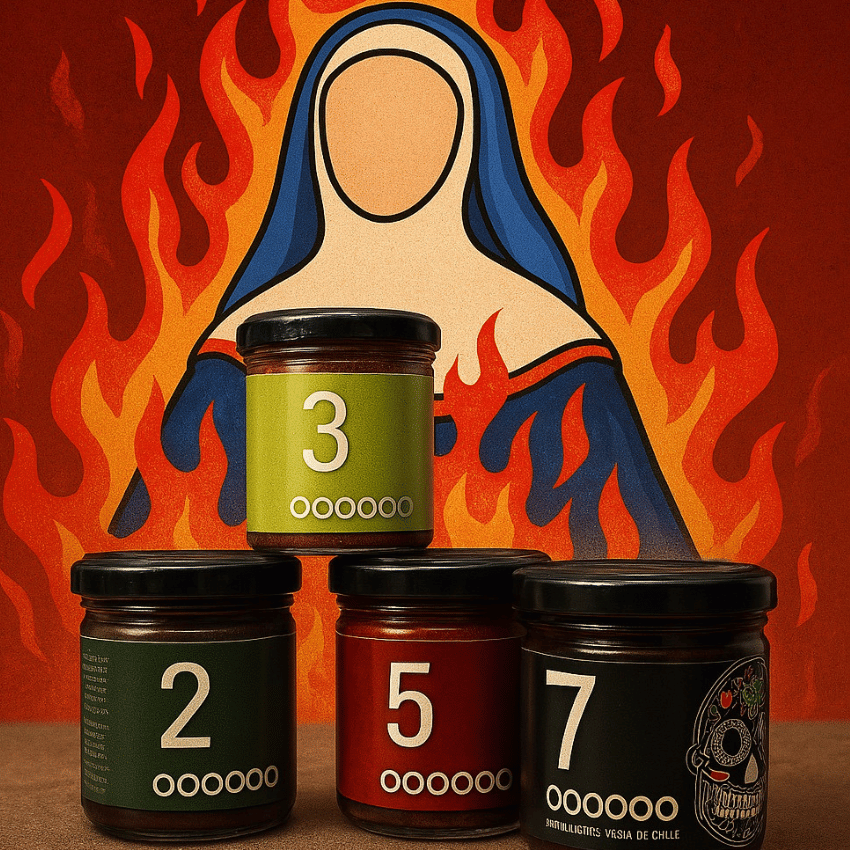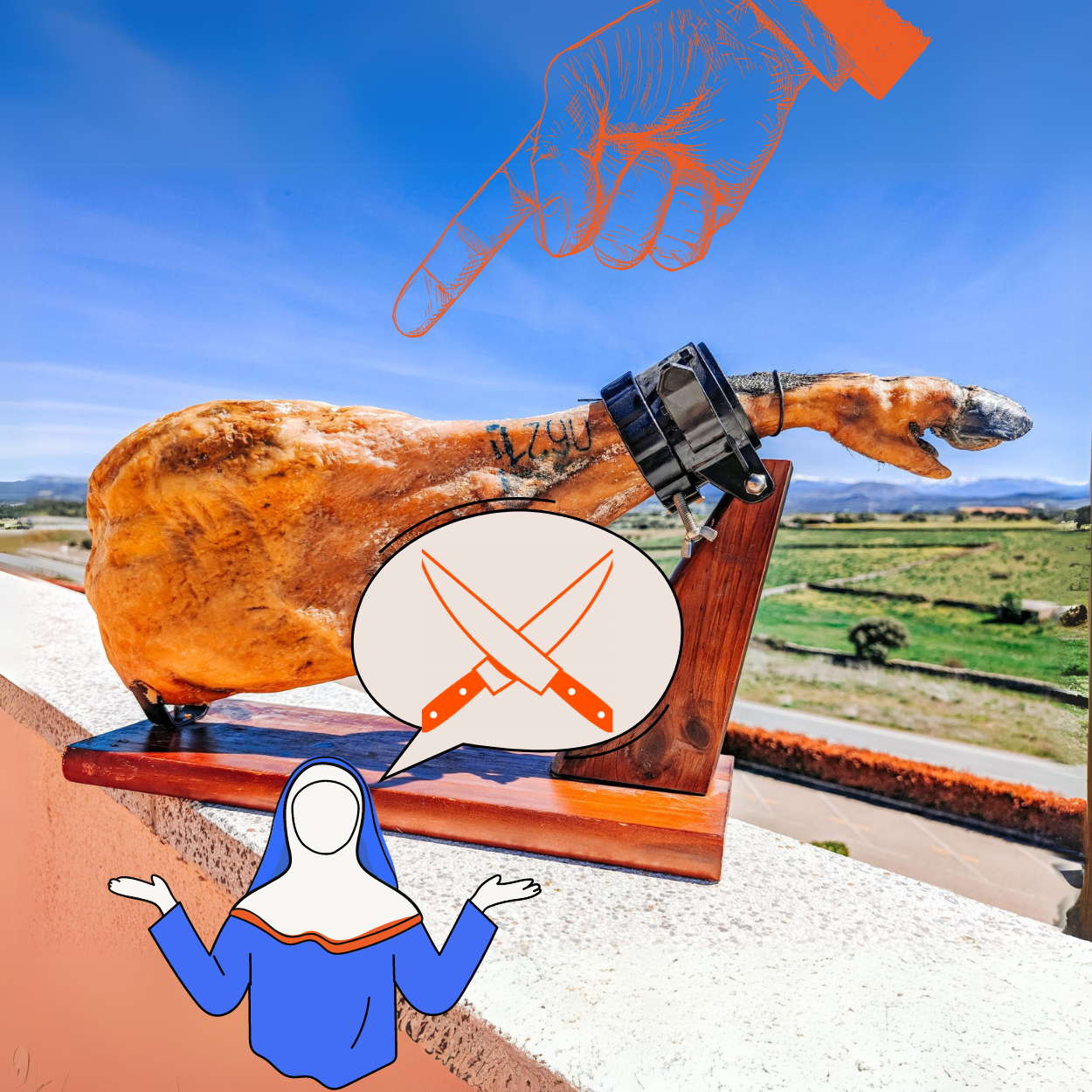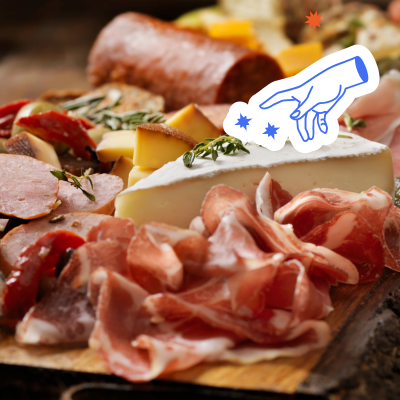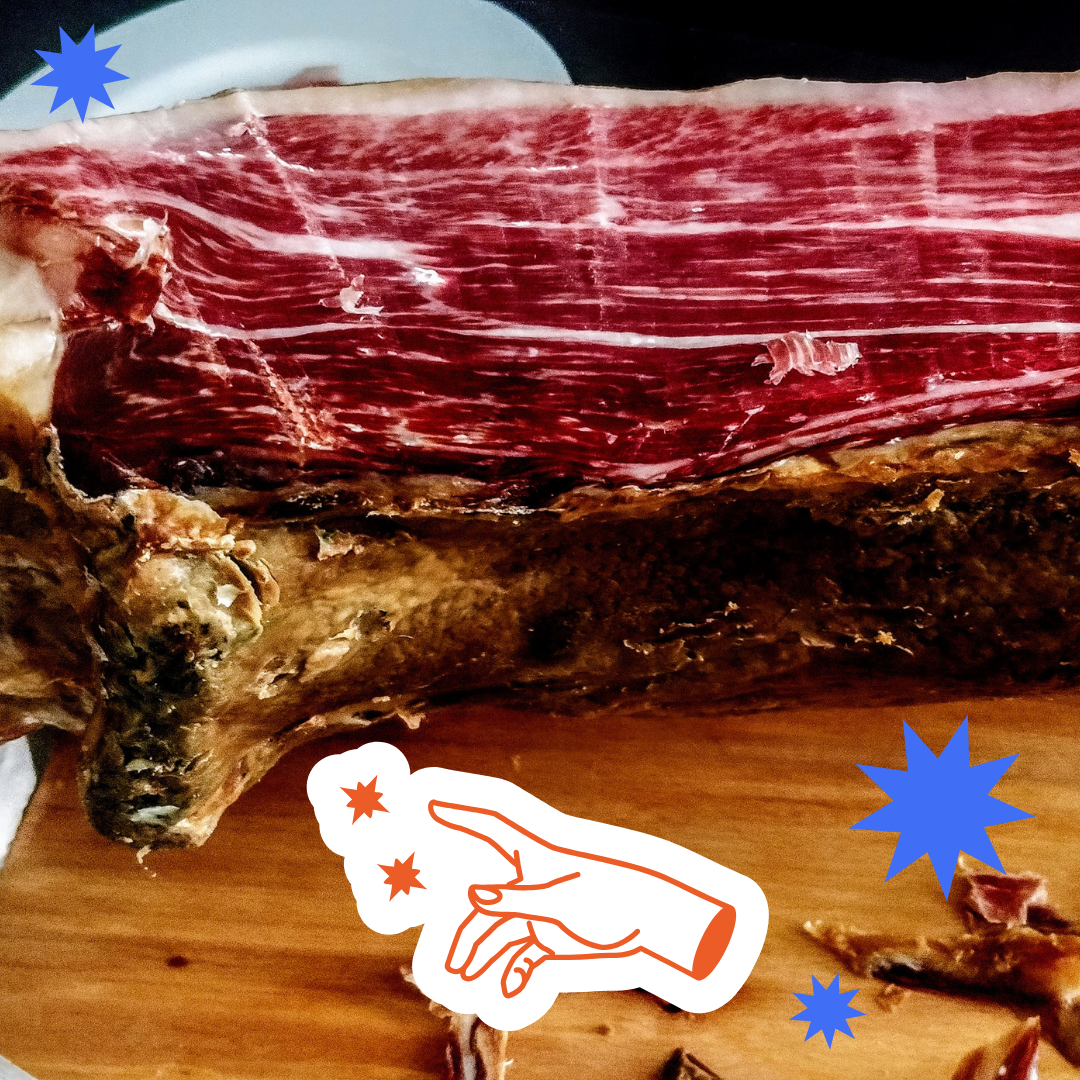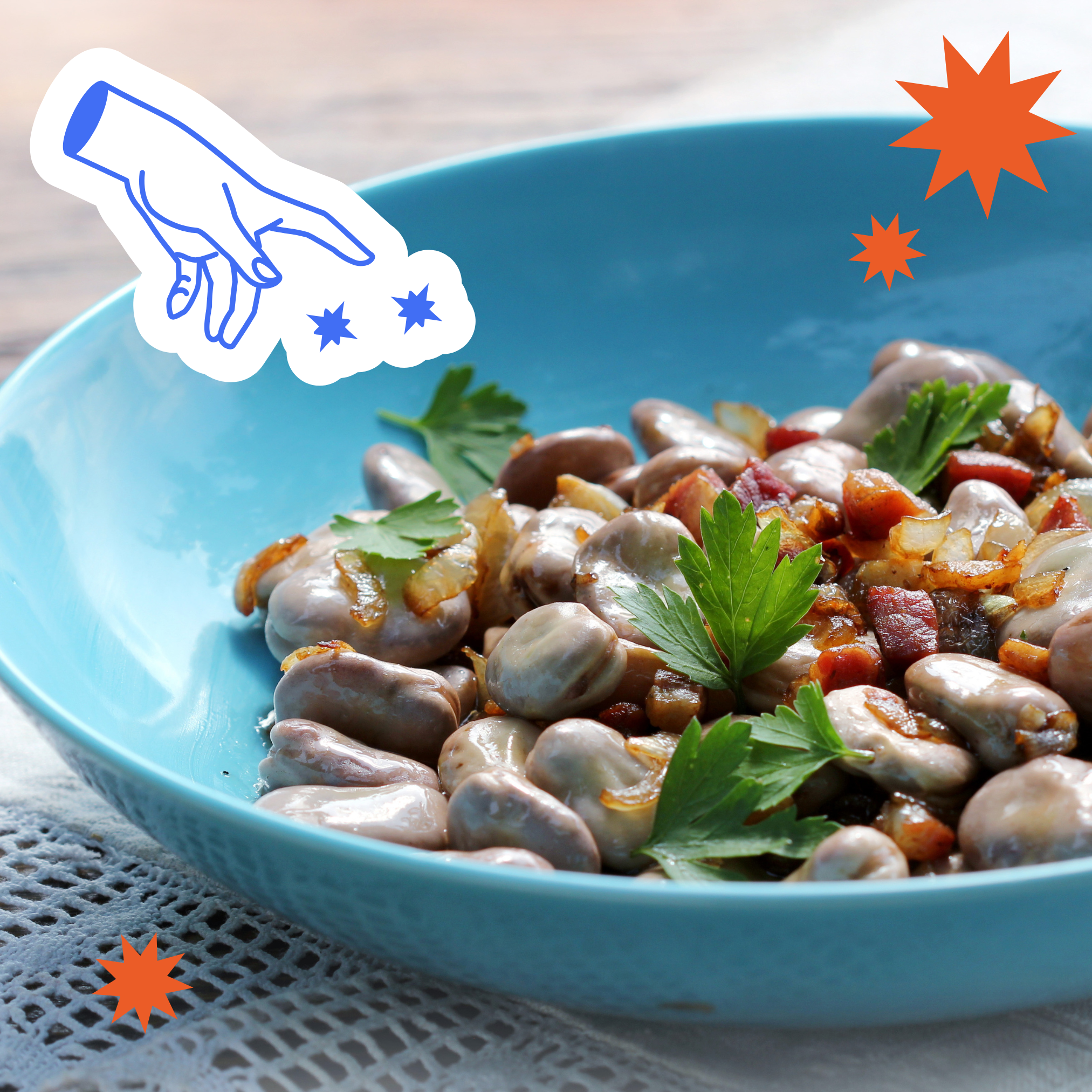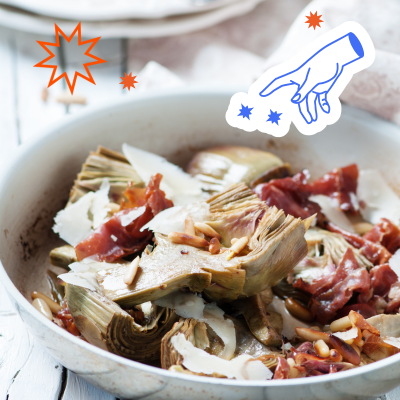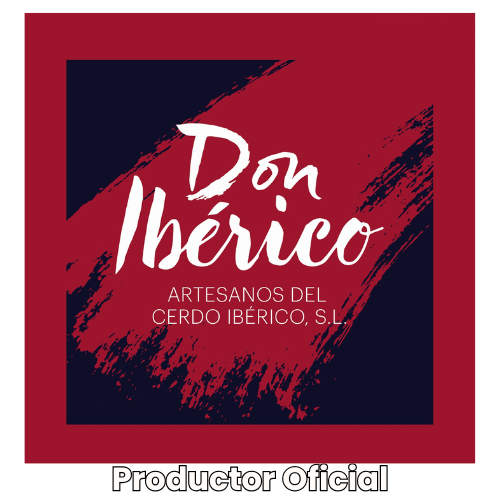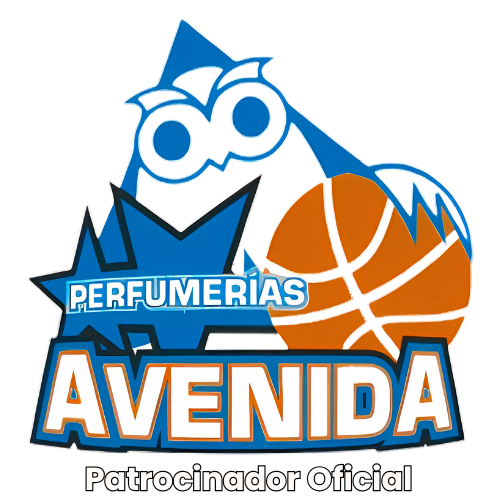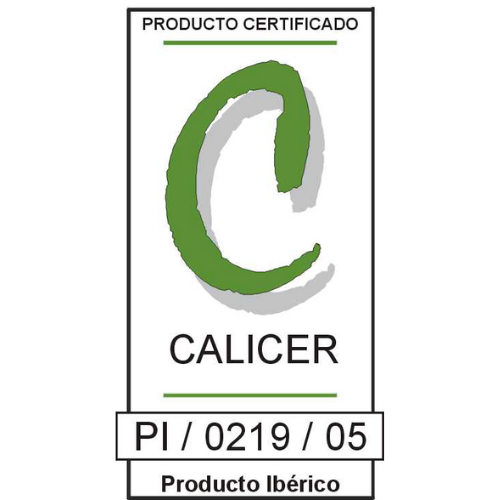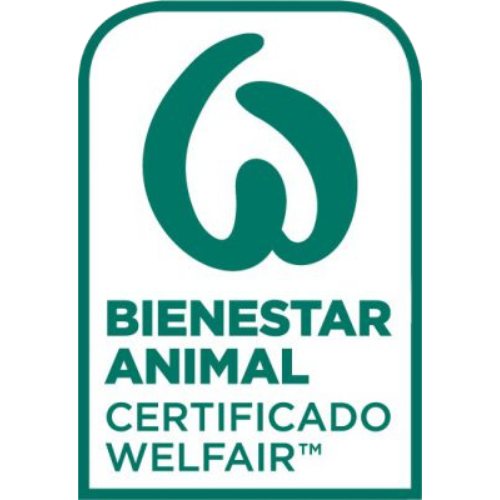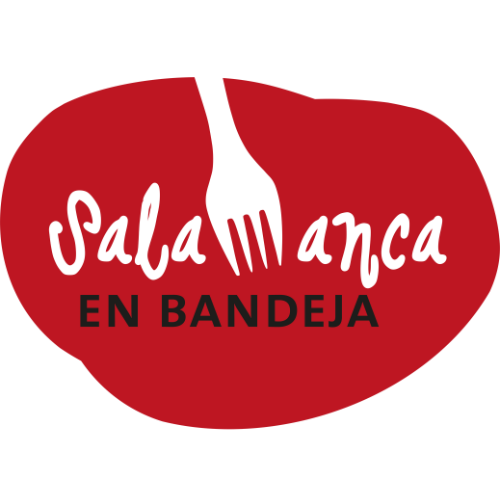The new Iberian law, which came into force in 2014, did so with the aim of helping consumers to understand the world of Iberian products and the different items that exist within it. However, the passing of the years and the free interpretation of the law has led to the distortion of products such as Iberian ham or shoulder with red seal .
And this, although it may not seem like it, represents a serious problem for the sector and for the consumers themselves, who end up missing out on an exceptional product such as red-seal Iberian acorn-fed ham.
Let's start from the beginning
Currently, Iberian hams and shoulders are divided into four different coloured seals that identify the animal based on its breed. Depending on the percentage of Iberian breed, they have one seal or another. They are divided as follows:
- Black seal : 100% Iberian acorn-fed.
- Red seal : 75-50% Iberian acorn-fed.
- Green seal : Iberian field bait.
- White seal : Iberian cebo. It identifies the specimens of the 100-75 or 50% Iberian breed and that have been fed with feed on farms. A product that we do not sell at Don Ibérico because it goes against our principles of sustainability .
Before the seals
Previously, the percentage of acorns was measured in % oleic. To obtain the percentage, each piece of the vintage was analysed. If they exceeded 55%, they were labelled with the DO seal and all were recorded with their corresponding percentage of acorns.
Although the process was more complex, it was the only way to properly label the products and record the true percentage of acorns. With the arrival of the new Iberian standard and the differentiation of the seals , this analysis was no longer carried out .
And now?
Currently, there are no established minimum levels of acorns. By not carrying out an adequate quality analysis, we find ourselves with "acorn-fed" hams that do not reach the quality that they should have according to their seal . And the fact is that a small difference of barely 5% is really significant in the world of Iberian. For example, the pig whose acorn-fed ham obtains 60% oleic content may have been fed with twice as many acorns as one from which 55% oleic content is obtained.
As a result, we find "bellota" hams with a seal but without sufficient quality and at very low prices. Because of this, small producers are forced to lower the price of real acorn-fed hams, even selling at a loss . With this system, it is the large farms, which are also more polluting and harmful to the environment, that are the only ones that see their profits maximized.
In response to this problem, people choose to buy pieces with a black seal in an attempt to achieve the highest quality. However, this is of no use, as we are faced with the same problem . The seal establishes a minimum quality point but it is an unfair format that categorizes all hams with the same seal equally.
Does the seal determine the quality of the product?
Yes and no. Of course, the breed of pig is a determining factor in achieving the highest quality ham or shoulder, but it is not the only thing that influences it .For us, the quality of the ham is determined by numerous factors :
- Age of slaughter : although the law states that pigs must be at least 12 months old, at Don Ibérico we do not slaughter any pigs younger than 16 months, as the pig is not yet fully formed.
- Type of curing : again, the law states 24 months, but curing a real acorn-fed ham takes much longer. The higher the percentage of acorns, the longer the curing time and care required. In our factory, the hams spend at least 40 months in the cellar drying . During the time they are there, the windows are opened and closed, creating currents that encourage the correct drying of the piece.
- Oleic percentage . At Don Ibérico, we only recognise double montanera hams with more than 58% oleic content . A high percentage that guarantees the highest quality of the piece, ensuring the best flavour.
The red seal is in danger of extinction
As you can see, the red seal is in danger of extinction because, due to all the (mis)information that has been shared in recent years, people are stopping buying it.
It is important to remember that the seal only indicates the breed of the pig and that the diet of the red and black seals has been the same. The only thing that differentiates a piece with a red seal from one with a black seal is the breed of the pig's father . In both cases, you will find exceptional products that stand out for the explosion of flavour they provoke on the palate.
Now you know. Don't be fooled and allow them to sell you a pig in a poke or a field bait for an acorn.
NEW
PACKS DON'T BE SCARED


